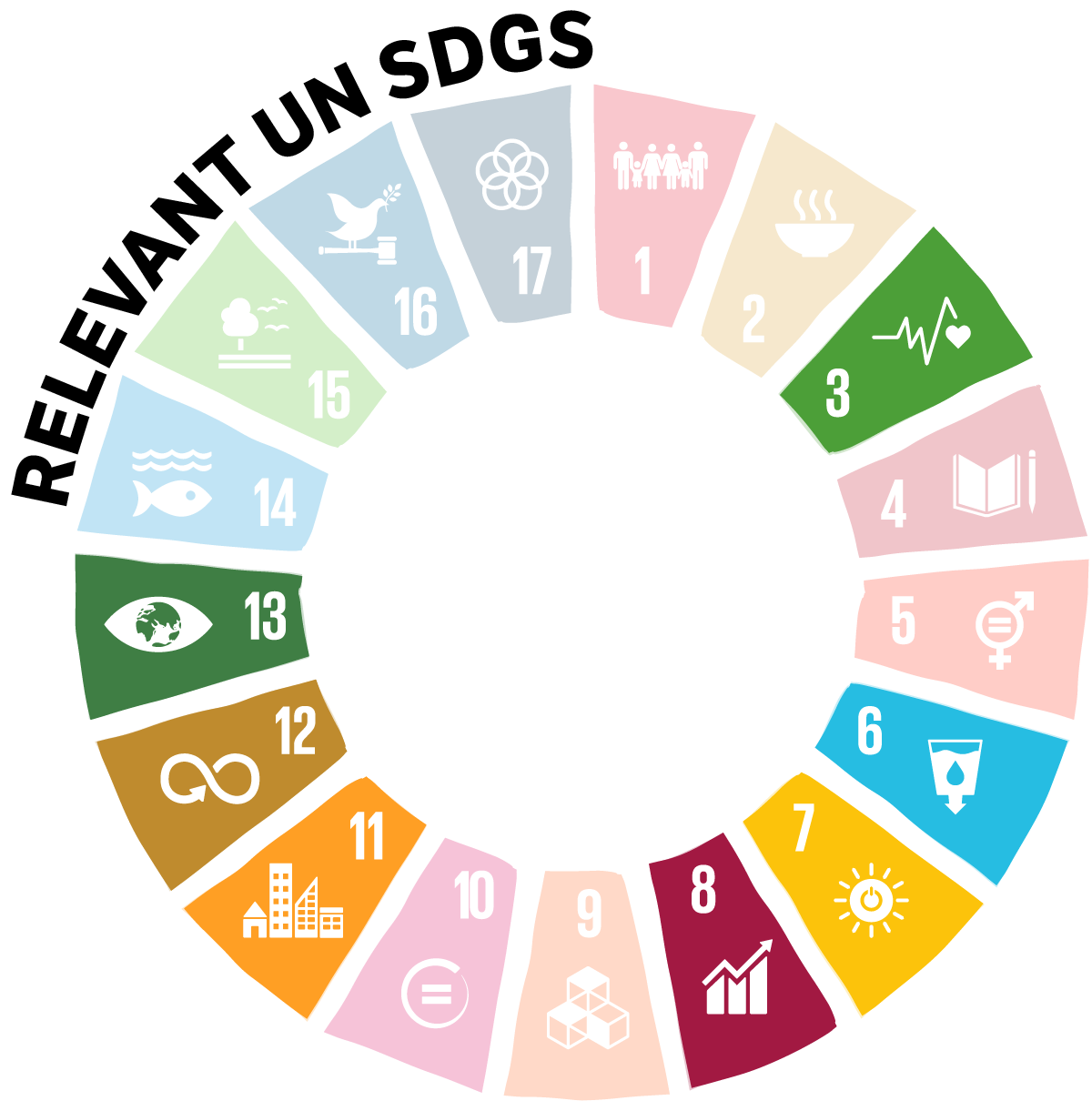Narrative


There are 17 inhabited islands and 18 Indigenous communities in the region that support Aboriginal and Torres Strait Islander peoples’ continuing connection to their traditional homelands.
Despite challenges associated with remote human settlements in Torres Strait, living on country provides enduring connection and the ability to continue managing land and sea country in line with unbroken traditions and customs. Over 90% of Torres Strait Islanders live outside the region due to limited housing, education, employment opportunities and island carrying capacities.
Primary risks to settlements include tidal flooding, heat stress, water security, sustainability of current infrastructure requirements and over- reliance on imported energy, food, and government services. These risks can vary significantly with small low-lying islands generally more vulnerable than larger islands with higher elevation.
What is already happening?


Indigenous peoples of the region experience relatively higher levels of poor health and unemployment than urban Australians. Providing culturally appropriate and sustainable housing and addressing the high cost of living remains a challenge across most communities. The region is highly dependent on external support for critical resources and services. The ranger program provides important employment on remote island communities.
Climate change adaptation and resilience planning has improved across the region, and coastal defences installed on six islands is buying some time against rising sea levels. Despite high levels of investment, water supply infrastructure still struggles to meet demand and many communities experience extreme water restrictions for parts of the year (even where traditional wells and household water tanks augment supply).
Approximately 15 megalitres of diesel is used annually by the region’s 17 power stations. Despite some uptake of renewable energy options (including two wind turbines on Thursday Island, a solar farm at Poruma and rooftop solar on some community stores and schools) total renewable energy is still below 20% of the region’s power generation. A Renewable Energy Transition Plan has been developed to help guide and expedite the region’s transition to clean energy, sustainable transport options and improved health outcomes.
What could happen?


Climate change impacts including increased air temperatures and rising sea levels pose an extreme risk for many communities. Five communities that are already regularly affected by tidal flooding—Saibai, Boigu, Masig, Warraber and Iama—will be more severely impacted by sea level rise, and increased flooding and erosion and storm surge will be issues for Poruma, Erub, Mer and Mabuiag communities. All communities will experience coastal impacts from sea level rise.
Climate change will increase health risks associated with heat stress, spread of vector borne diseases, impacts on food and water quality and quantity, extreme weather and the impact of multiple climate related stresses on mental health and general wellbeing. The region also faces increasing risks from health and resource pressures from neighbouring regional communities. There is potential loss of cultural values that are entwined in food production and local self-sufficiency.
For Indigenous people, loss of land can lead to loss of identity and there is an increasing risk of Torres Strait Islanders being Australia’s first systemic climate refugees.
With good planning, strong leadership and engagement there is great potential for communities to become more resilient and to be exemplars for sustainable living (e.g., sustainable food and energy production, enhanced water security, waste minimisation and greater community empowerment).
The continuing challenge is to ensure human settlements in the region are sustainable, maintain cultural connection and improve resilience, adaptive capacity, and self-sufficiency in perpetuity.
